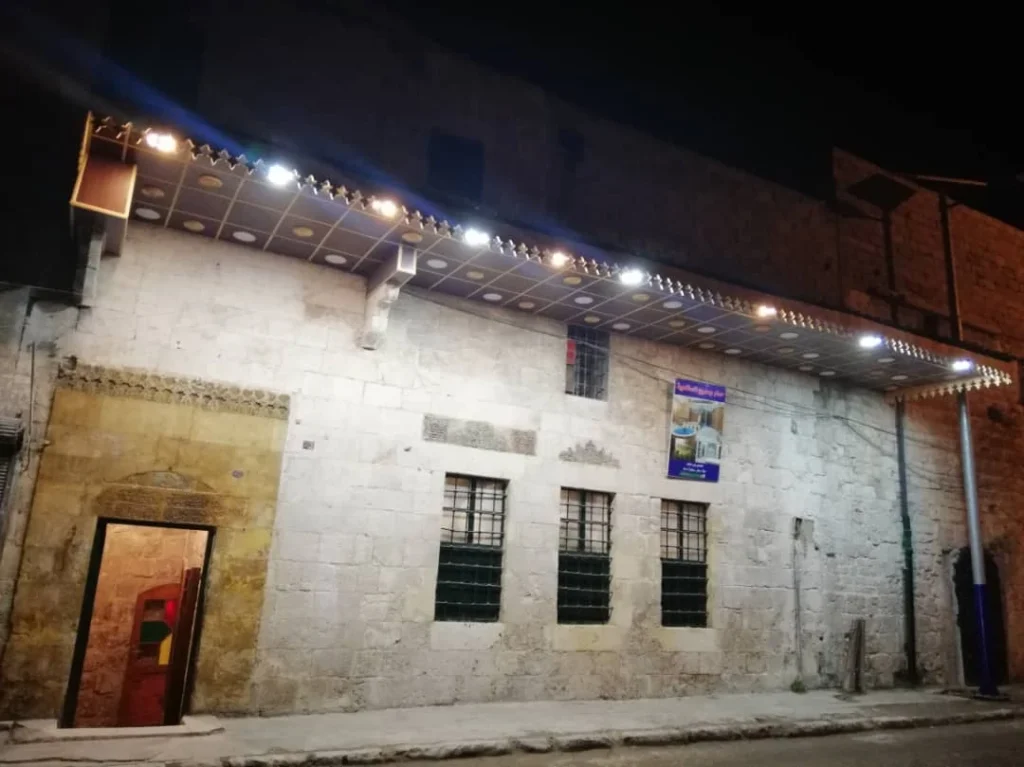
Hammam al-Salhiyah
The Salhiyah Hammam in Aleppo is a prominent historical landmark that reflects the city’s rich heritage. Built in 1485, it dates back to the late ninth century of the Islamic

The Salhiyah Hammam in Aleppo is a prominent historical landmark that reflects the city’s rich heritage. Built in 1485, it dates back to the late ninth century of the Islamic
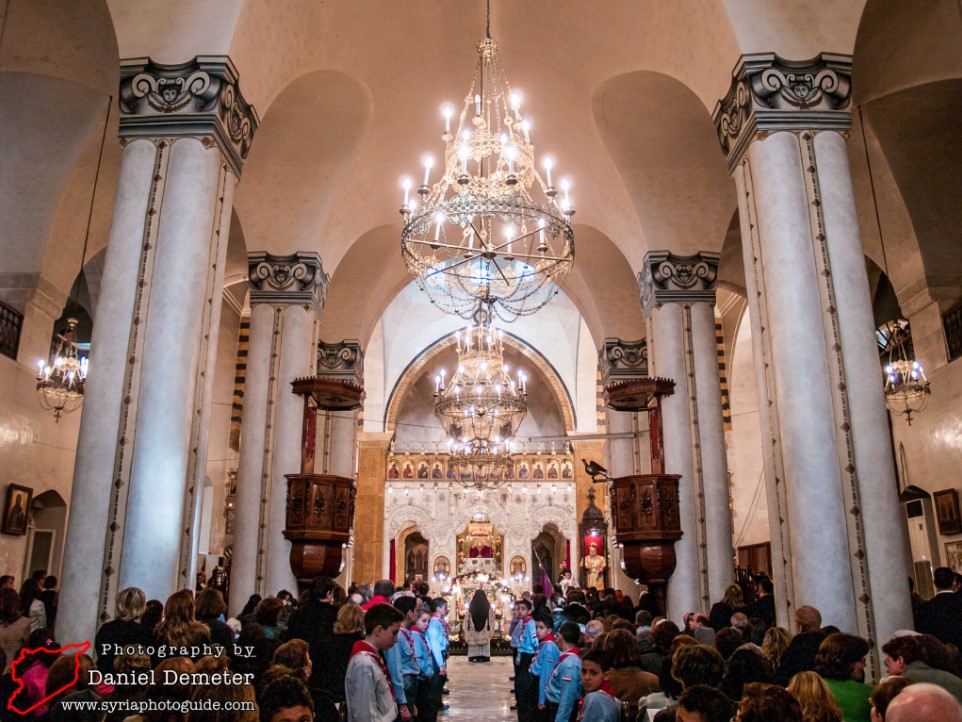
The Church of Our Lady of the Assumption for the Melkite Catholics is one of the largest churches in Aleppo’s historic Jadida neighborhood. Construction began in 1834 and was completed

The Church of the Sacred Heart of Jesus for the Chaldeans in Aleppo is a significant religious and cultural landmark for the Chaldean Catholic community. It was inaugurated in the
The Arghun Hospital, or the Arghun al-Kamili Hospital, is a historic medical facility located in the ancient city of Aleppo, Syria. It was established in 755 AH/1354 AD by Arghun
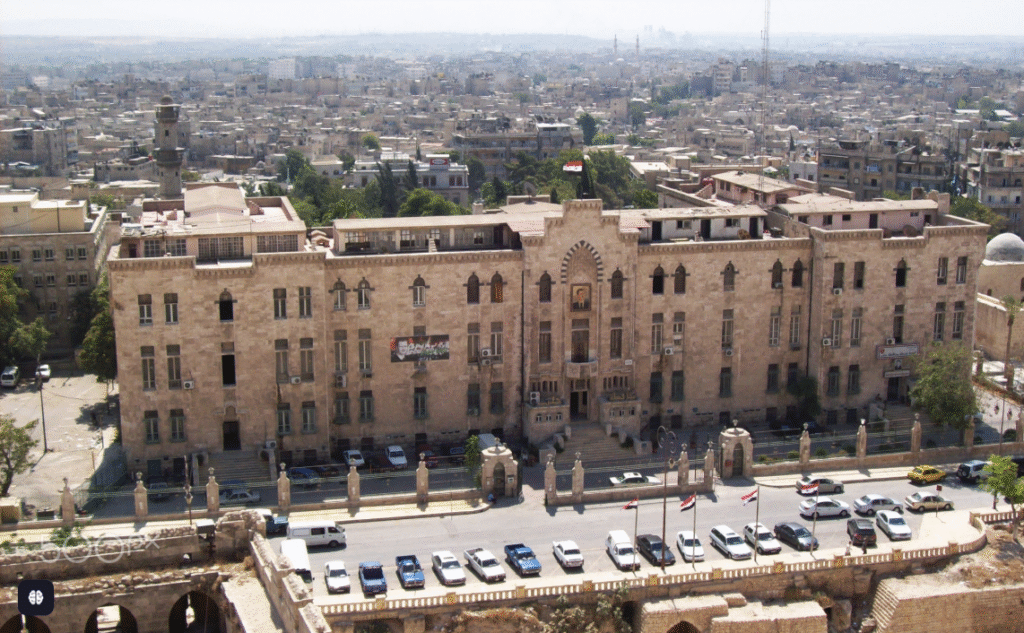
The Dar al-Hukumah building in Aleppo, known as the Saraya, is one of the city’s significant landmarks. It consists of three floors and is officially registered among the historical and

It began as a small enclave for the Geloyan Armenians who arrived from Sebastia, and then evolved – aimed the neighborhood’s flourishing – into a minor cathedral that preserves the
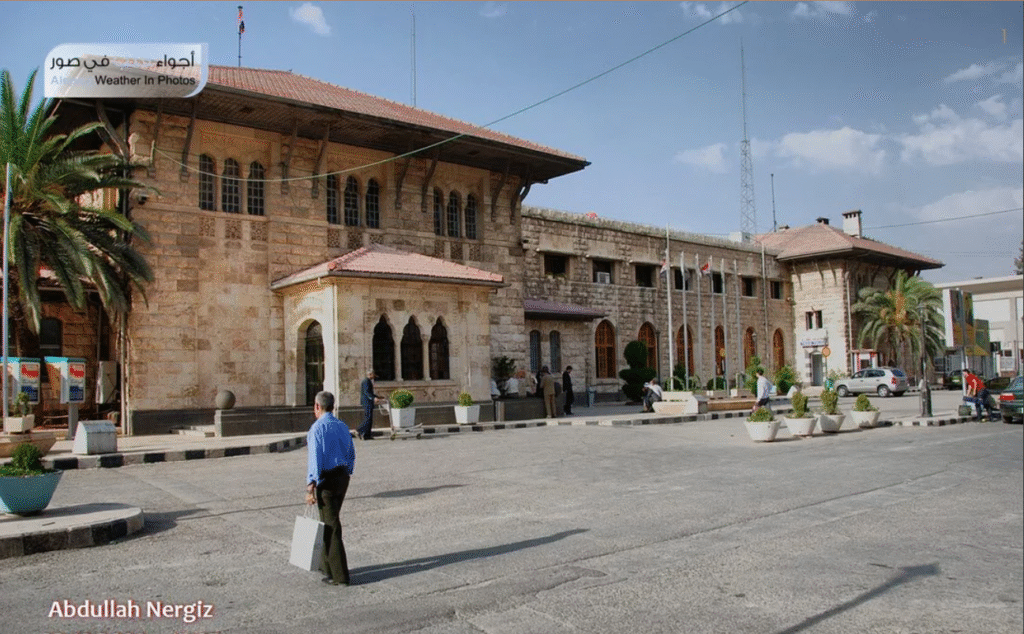
Designed by the German engineer Henkel, the facade has a Neo Baroque style crowned by an original Berlin clock. It was the first and largest railway station in the Middle

The Mar Elias Maronite Cathedral was built in 1873, replacing an earlier Maronite church and underwent renovations in 1914. It was constructed in the Italian architectural style, and was named

The park was inaugurated by Governor Saadallah Al-Jabri in celebration of Syria’s independence. It is located between the neighborhoods of Aziziyeh and Jamilieh, near Saadallah Al-Jabri Square, stretching along the
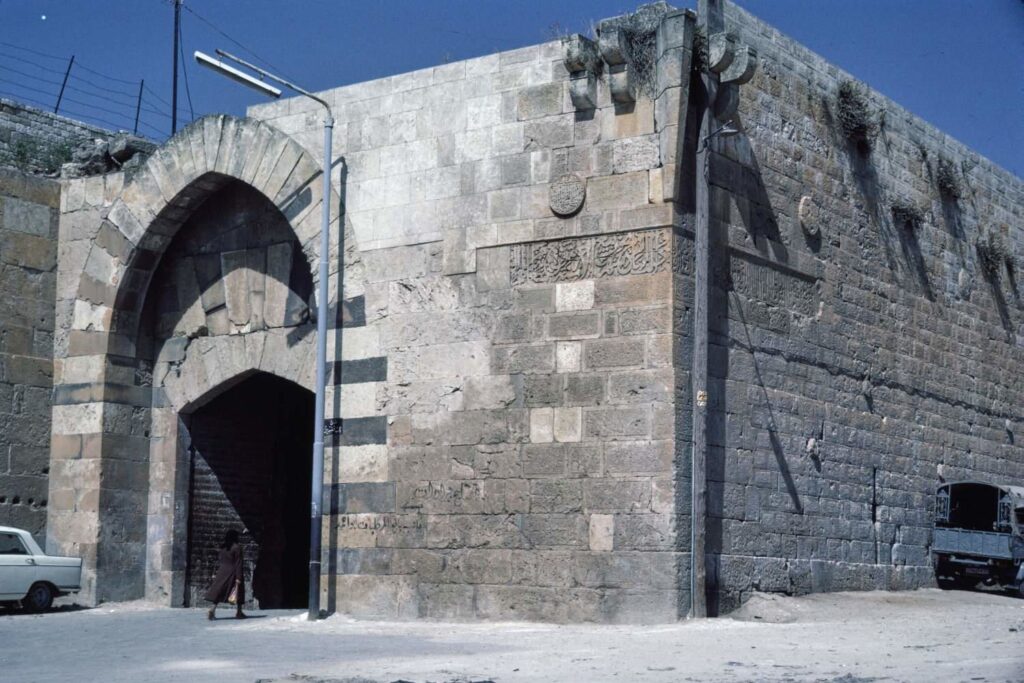
Bab Qinnasrin Bab Qinnasrin (Qinnasrin Gate) was originally built by the Hamdanid ruler of Aleppo, Sayf al-Dawla al-Hamdani. However, it was completely rebuilt in 1256 by al-Nasir Yusuf II, who

جميع الحقوق محفوظة لصالح JCI Aleppo
All rights reversed to JCI Aleppo